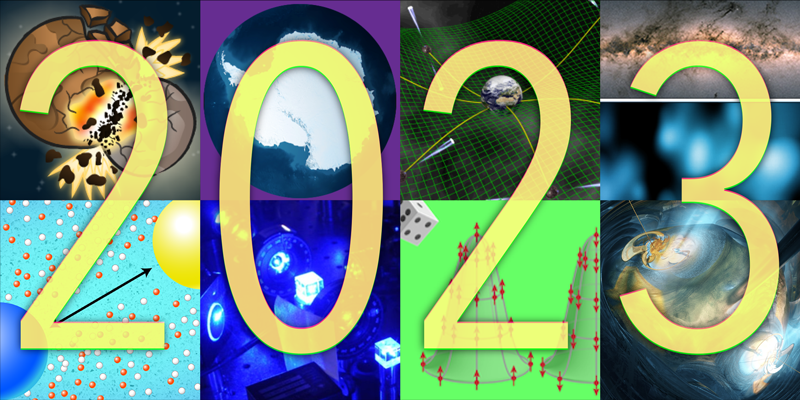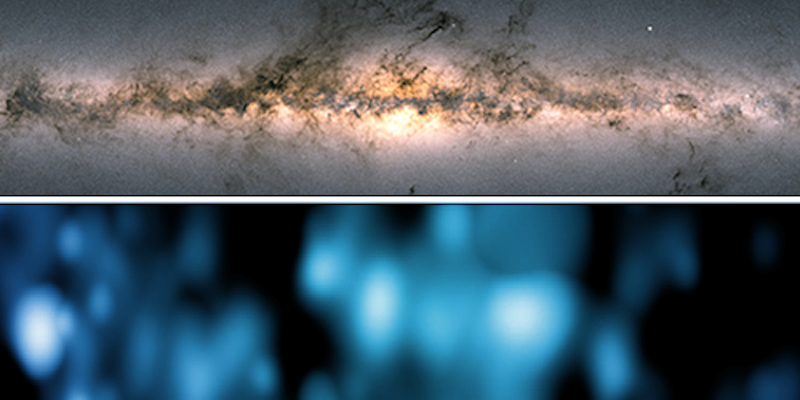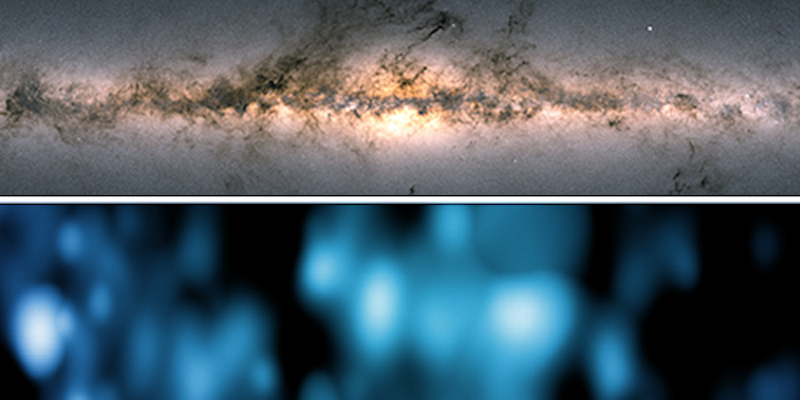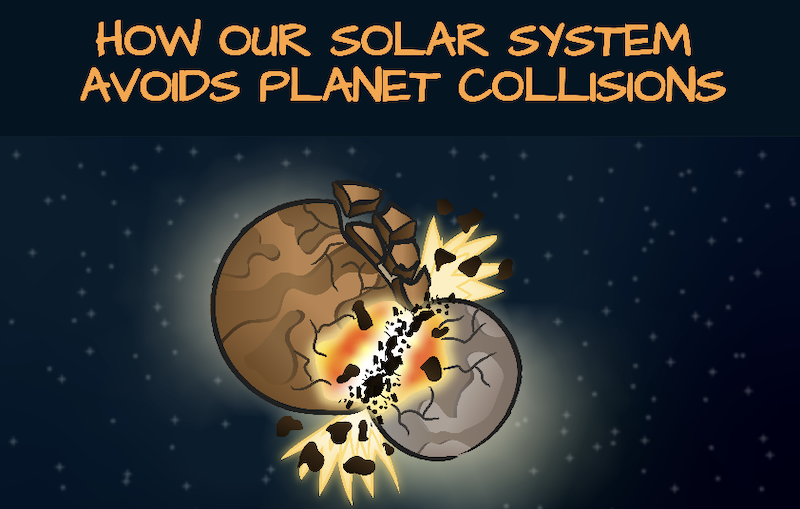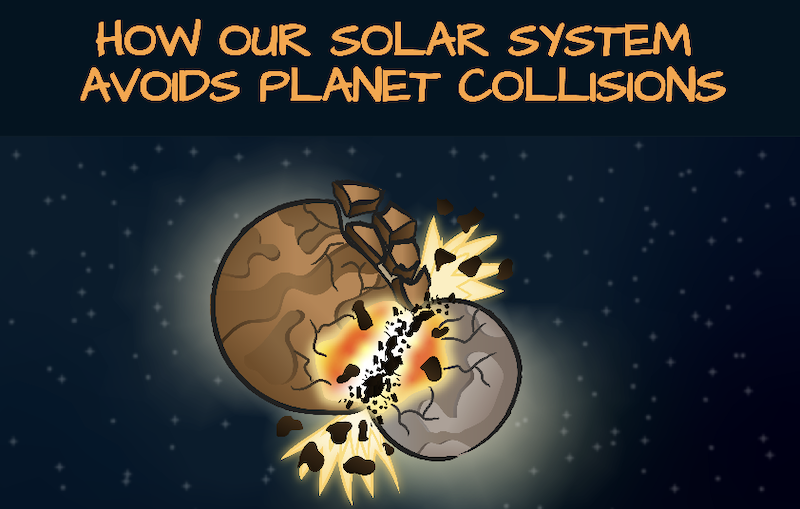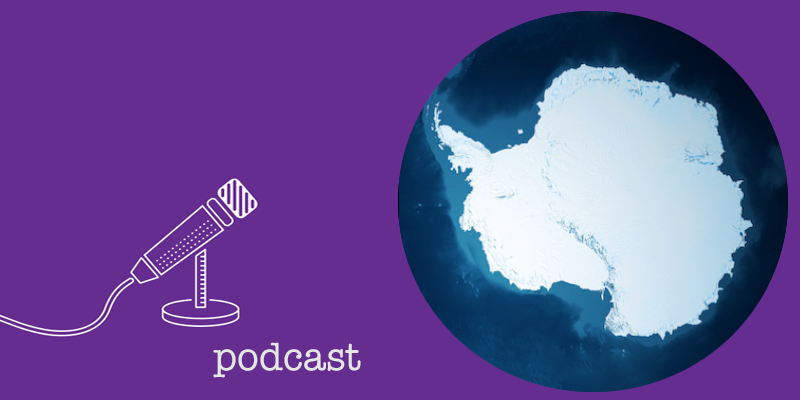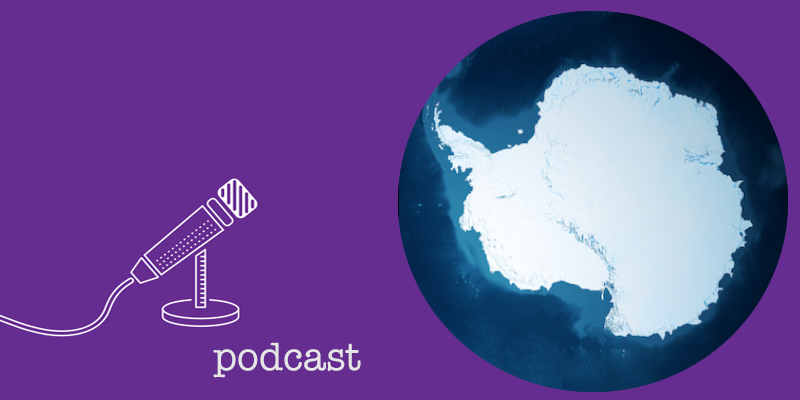Highlights of the Year
The past year was rich in news about cosmic wonders, including the discovery of giant gravitational waves passing through our Galaxy, the release of the first neutrino image of the Milky Way, and studies of the likelihood of planetary collisions—we’d like to reassure readers that crashes in the Solar System aren’t quite around the corner. Earthly objects also provided material for exciting stories on cellular communication mechanisms, the implications of machine learning for physics, precise molecular clocks, and badly needed diversity, equity, and inclusion efforts.
Wishing everyone a fantastic 2024!
—The Editors
Surfing on Monster Gravitational Waves
One of the biggest breakthroughs of the year was the discovery that our Galaxy sails in an ocean of giant gravitational waves swaying on years-to-decades timescales (see Research News: Researchers Capture Gravitational-Wave Background with Pulsar “Antennae”). The nanohertz waves were spotted by four independent radio astronomy experiments, which detect the passage of gravitational waves by recording subtle changes in the arrival time of pulses from cosmic “lighthouses” known as pulsars. The most plausible explanation for these waves involves pairs of supermassive black holes in other galaxies, but sources related to dark matter, inflation, or cosmic defects cannot be ruled out. To illustrate the discovery, Physics Magazine teamed up with Jorge Cham, aka PHD Comics (see Special Feature: The Nanohertz Gravitational-Wave Detection Explained).
Milky Way Viewed through Neutrinos
On June 29th, the IceCube Collaboration unveiled the first neutrino image of the Milky Way (see Research News: Milky Way Viewed through Neutrinos). The map—a series of blue, fuzzy, interconnected blobs—roughly matches images of the sky patch taken at radio, optical, and gamma-ray wavelengths. IceCube’s Naoko Kurahashi Neilson was left speechless when she first saw it. “Think about all the people in the history of humanity that have looked at the Milky Way, whether with their own eyes or through a telescope. None of them saw this view. It was exciting to be first.” Astronomers still must analyze the map to see what secrets it might contain.
Shunning Quantum Gravity?
Most physicists expect to find quantum behavior at the heart of all fundamental forces. But gravity hasn’t yet fulfilled this expectation, as quantizing gravity would require pulling out the “classical-spacetime rug” from underneath the other force theories. New theoretical work suggests that there is an alternative: leave spacetime as classical, but insert some randomness through a mechanism that couples gravity to the other forces (see Viewpoint: Might There Be No Quantum Gravity After All?). One advantage of this approach is that it can describe the effect that quantum fields have on the curvature of spacetime. Researchers have proposed possible tests of this new theory, such as trying to gravitationally entangle two masses or looking for fluctuations in the weight of an object in a gravitational field.
Efficient Communication, Cellular Style
Communication sets living things apart from nonliving matter. Not only do biological organisms constantly exchange energy with their environment, but they do so in a way that’s intertwined with sending and receiving information. Researchers took a new approach to determining how much energy it takes for a cell to send information between its components (see Viewpoint: The Cost of Sending a Bit Across a Living Cell). Models based on three main signaling mechanisms—electrical currents, molecular diffusion, and sound waves—pinpointed the distance over which information can be sent at a reasonable energy cost. The finding will help researchers quantify the efficiency of biological signaling and understand how the interplay of energy and information exchange define living matter.
Repeaters for a Quantum Network
Researchers took an important step toward developing practical quantum communication networks with the demonstration of a quantum repeater based on trapped ions (see Viewpoint: Quantum Repeater Goes the Distance). Qubits in a quantum network typically take the form of entangled photons exchanged through optical fibers. But attenuation in the fibers sets ultimate limits on the distance over which photons can be reliably exchanged. The ion-based quantum repeater can remedy photon losses by acting as an intermediate node between distant parties. The team used the repeater to demonstrate a 50-km connection—a distance sufficient for some applications—but they also mapped a path to achieving transmission spans of hundreds of kilometers in the near future.
Facing up to Biases
In March, Physics Magazine hosted a session at the APS March Meeting on building an equitable physics community, which included a discussion on a study on the role of white, cisgender men in perpetuating inequities in physics (see News Feature: See No Bias, Hear No Bias, Speak for No Change). The study showed, through interviews of self-identified progressives, that white, cisgender men in the group displayed a consistent pattern of ignorance, inaction, and avoidance of responsibility. “The guys that we talked to all genuinely seem to want the world to be fair,” says Melissa Dancy who worked on the study. She thinks that educating men with these identities on how to help would transform the field’s awareness of discriminatory behaviors. “Then we could have meaningful change.”
What Can Physicists Do for Artificial Intelligence?
Artificial intelligence and machine learning (AI/ML) are becoming increasingly useful in physics. Some applications—unsurprisingly—take advantage of the ability of AI/ML to trawl through large amounts of data to distill meaningful physical insights. But, as the University of Maryland’s Sankar Das Sarma writes, AI/ML has the potential to become more than just an everyday tool. It could revolutionize physics by discovering new concepts and theories (see Opinion: How AI and ML Will Affect Physics). Das Sarma argues that physicists should not just passively use AI/ML, but also strive to understand why it works and when it fails. “We should not only ask what AI/ML can do for us, but also what we can do for AI/ML,” he writes.
Planet Safe Zone
Worlds can collide, literally. That’s the worry of scientists who study chaos in our Solar System and find that planets should step out of their orbits on million-year timescales, potentially leading to planetary crashes. And yet, our Solar System is stable on billion-year timescales. New research has uncovered what may be preventing catastrophic smashups (see Viewpoint: Tackling the Puzzle of Our Solar System’s Stability). The researchers identified certain quantities in the Solar System that are subject to conservation laws similar to those governing angular momentum. These laws “guide” the chaotic motion of the planets so that orbital shifts take very long to occur. This reassuring news is described in a cartoon (see Special Feature: How Our Solar System Avoids Planet Collisions).
Clock with Molecular Hands
Wristwatches are making a comeback these days, but the latest timekeeping fashion in physics might be a molecular clock. Highly precise clocks using trapped atoms are common, but the same working principles can be applied to trapped molecules. Using strontium molecules (SR2), researchers built the most precise molecular clock to date, with an error rate of one part in 1014 (see Research News: New Accuracy Record for Molecular Lattice Clock). The clock’s ticking, which comes from vibrational transitions of strontium molecules, is not as precise as that of atomic clocks, but the device could serve specific applications. Researchers could, for example, use them to search for hypothetical gravity-dependent forces by comparing the ticking frequencies of clocks made with different isotopes of strontium.
Canceling Water Waves
In a step toward reducing coastline erosion, researchers built a 6-cm-wide water channel that “swallows” water waves (see Focus: Vanishing Act for Water Waves). When waves of the right frequency reach a pair of resonant cavities built into the side of the channel, they disappear—the cavities eliminate all reflection and transmission from that point by producing reflections that cancel out any further propagation. A wave propagation expert says the idea could lead to applications such as dykes with reduced risk of overtopping and systems for extracting energy from ocean waves.
“Winter-overs” at the South Pole
Each winter at the Amundsen–Scott South Pole Station, a few dozen researchers brave the 6-month-long polar night, running experiments in climate science, astrophysics, and biology. In an episode of This is Physics (see Podcast: Life at the South Pole Science Station), two researchers working with the South Pole Telescope and the BICEP experiment spoke to Physics Magazine about the beauty of the night skies and the excitement of measuring signals from the earliest moments of the Universe, but also about the sensory deprivations that life at the South Pole entails. Their spirits were lifted by the delicious food of a creative baker—also a podcast guest—who found ways to obtain baking yeast from green peppers grown in the station’s small greenhouse.





